How to Build a Soothing Wood-Fired Hot Tub

There is nothing as soothing as a long soak in some hot water while the crickets are chirping and the smell of wood smoke fills the air. With this project, even though it takes a bit of time, you can create that perfect garden oasis. Grab some reclaimed bricks and an old (but clean!) tub and in no time you will be letting your cares melt away in the serenity of your garden.
Want a wood fired hot tub?
Tools and Materials
- Tub
- Concrete
- Mortar
- Steel Rods
- 2” x 4” Wood
- Wire edge or corner mesh
- Temperature Resistant Bricks
- Bricks
- Trowel
- Level
- Hand Saw
- Power Drill
- Bucket
- Water
- Wood
- Matches
- Heat Resistant Silicone
- Waterproof Silicone
- White Paint
- Large Rocks
- Shovel
- Wood Screws
- Lime Plaster
- Sealer
- Paint Brushes
Build the Foundation
I was so excited to start this project! Who wouldn’t want to soak for hours in their garden relaxing the time away? This project took a bit sweat equity, but it didn’t cost too much and the end result was so amazing.
To start building my wood-fired hot tub I began with the foundation. It was important to have a sturdy and level base to work on, so I chose my spot and began digging the ground. I wanted to sink the foundation for my new hot tub down into the ground a bit so dug out about 6” of dirt from the spot.
Next, I cut up some 2” x 4” wood into two long pieces that would frame in the sides of the foundation and two shorter pieces that would box in the ends. I held the foundation box together with some wood screws and made sure to add a couple of vertical supports around the edge to hold it all in place.
With the box built and laid in my hole, I added some large rocks to the middle that would act as a support for the weight of the tub once it was built. Some steel rods laid in a grid pattern over top of the rocks also added extra support to the foundation.
Pour the Concrete
To finish the foundation for my hot tub, I mixed up some concrete until it was nice and smooth (about the consistency of cake batter) and then poured it all over the large rocks and steel rods until my box and hole were filled. I made sure to keep smoothing it out so that when it dried, it was perfectly level.
Before the concrete was completely dry though I added some decorative stones around the outer edges of the concrete pad. These were going to act as a border around the hot tub, but I found that they just ended up getting in the way.
Build the Oven
After allowing the foundation to dry for about four days it was time to start doing the brickwork. I began by building the oven that would go under the tub to hold the wood fire. It was very important that I used heat resistant bricks for the oven so that the heat would be contained within them and not burn the tub or crack the outer bricks. When I was building the oven, it was also important to leave a large opening on one side so that I could add wood and build the fire.
Build the Frame
Once the mortar and heat resistant brick oven was completely dried, I started on the brick frame that would hold the tub in place. For the frame, I used regular bricks and didn’t feel the need to use the heat-resistant ones. I worked around the oven building a rectangle of bricks that would encase the tub when it was placed within them. Again, it was important to leave an opening on the one side for access to the oven. I also left a small opening at one end of the rectangle to allow water to drain out of the structure.
With the brick frame built and the mortar dry, I added mesh edging all around and held it in place with more mortar. The mesh edging would ensure that when I went to plaster the brick frame that I would be able to get nice crisp edges and corners and give my new hot tub a more professional look.
Before finishing with the mortar, I also added a ledge over the opening for the oven. The little entryway will be what directs and allows the smoke and air to circulate in and out since I did not add a chimney.
Plaster and Paint the Frame
To get a nice smooth finish on the frame, I plastered the entire outside of the box. I made my own Lime Plaster and used a large trowel to smooth it all out as I worked.
After giving the plaster ample time to dry, I painted it with crisp white paint. I wanted the frame and tub to blend together so used a color that matched the tub I was using.
Once the paint was dry, I also gave the entire frame a thick coat of sealer. It was really important to make sure the paint, plaster, and bricks were all completely watertight. If they weren’t sealed properly, water could seep in, especially during the winter and crack the plaster, bricks or foundation.
Add the Tub
Adding the tub was easy after all the framework was done. I put several lines of heat resistant silicone around the opening and then set the tub into the frame. I did not want smoke seeping through any of the cracks, so I made sure it was nice and sealed up around the edges with some waterproof silicone.
Build the Fire
It was finally time to test out my new hot tub, I wanted to make sure everything was in working order before building a big fire so started off with a few pieces of wood and cardboard to test it all out. The water heated up beautifully and everything held intact with no smoke escaping through any cracks. The opening to the oven worked perfectly as well to pull in air and let out smoke while providing a big enough space for me to add the wood.
Even though this project took a bit of muscle, it was so worth it in the end. Being able to relax in my garden while soaking in my new wood-fired hot tub is just about as perfect as it can get!
Enjoyed the project?
Comments
Join the conversation
-
 Donna Bates
on Apr 17, 2023
Donna Bates
on Apr 17, 2023
Very creative and great idea
-
-
 L**86443345
on Aug 12, 2023
L**86443345
on Aug 12, 2023
A great idea. What kind of tub did you install?
-



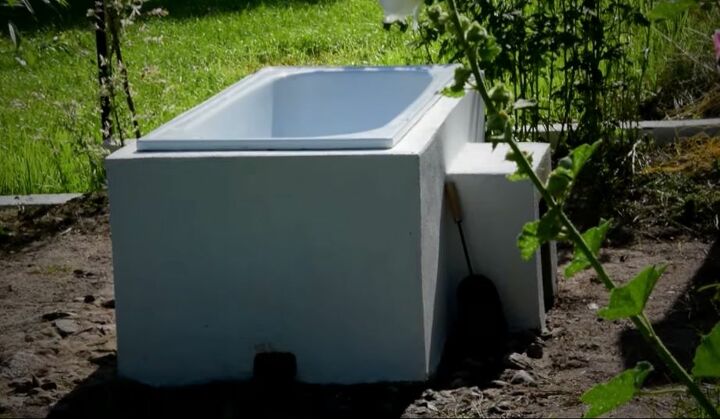










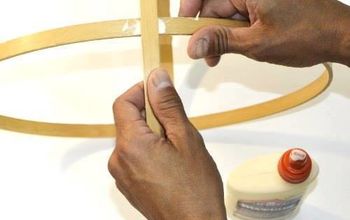
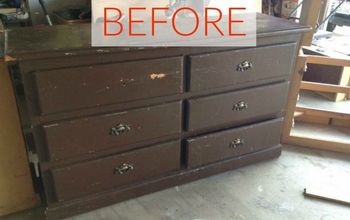



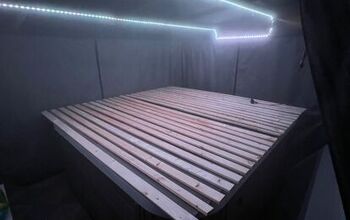
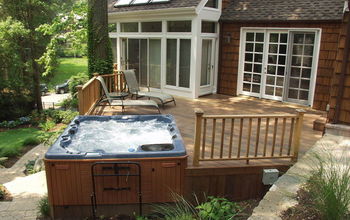
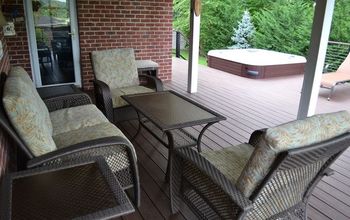
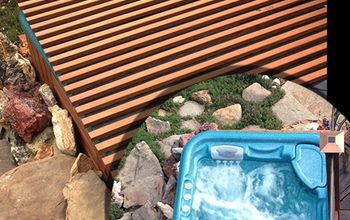
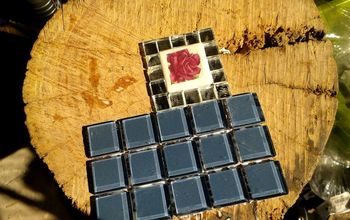
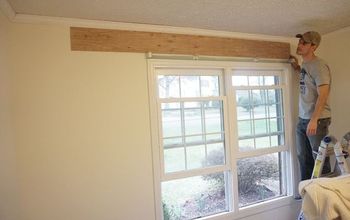
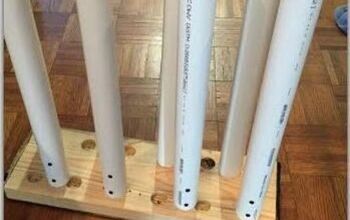

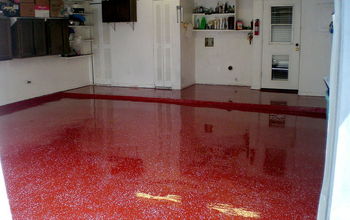

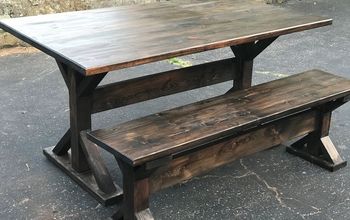
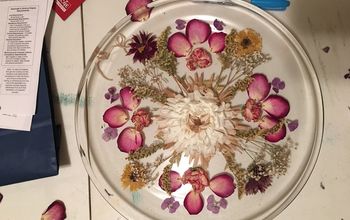
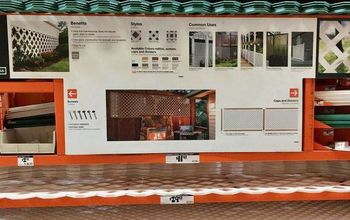
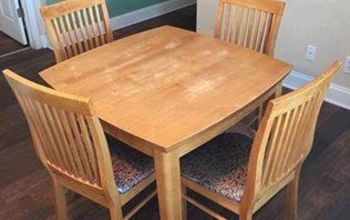
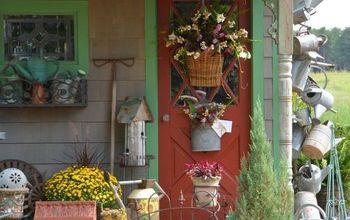
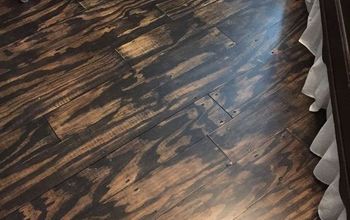
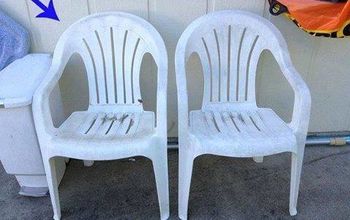
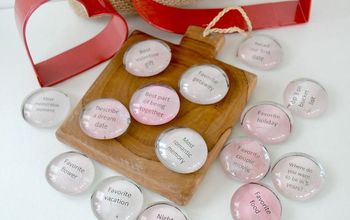
Frequently asked questions
Have a question about this project?
How will you clean out the residual ash... from burning wood
Great idea and execution. Thank you for sharing your process. Do you cover the tub when not in use? I was thinking to add some eye screws to the base and bungee cord a tarp with grommets. A decorative wooden cover would also look nice and to seal it against the elements with Spar Urethane. May I ask if there is a hot spot in the tub if the opening for the wood is in the center? How do you drain the tub to clean and add new water? Do you add pipes to the drain hole and an underground drainage area away from the tub? A postscript, make sure if you decide to make one of these that you check local fire laws, if not the way things are today someone may report you. I would describe in detail to Fire Marshall exactly what you would like to build. the enclosure of the fire might be a better route also have a good drawing or picture of your proposed finished project. The claw footed tub will look lovely, lots of ideas on line for that but I would also built an in ground platform with the firebox enclosed to keep hot ash and sparks from flying. Good luck everyone.
Looks like a wonderful place to relax. Is the back of the firebox closed or open? Is it square or slanted under the tub? Is that a cast iron tub or can fiberglass tub be used?